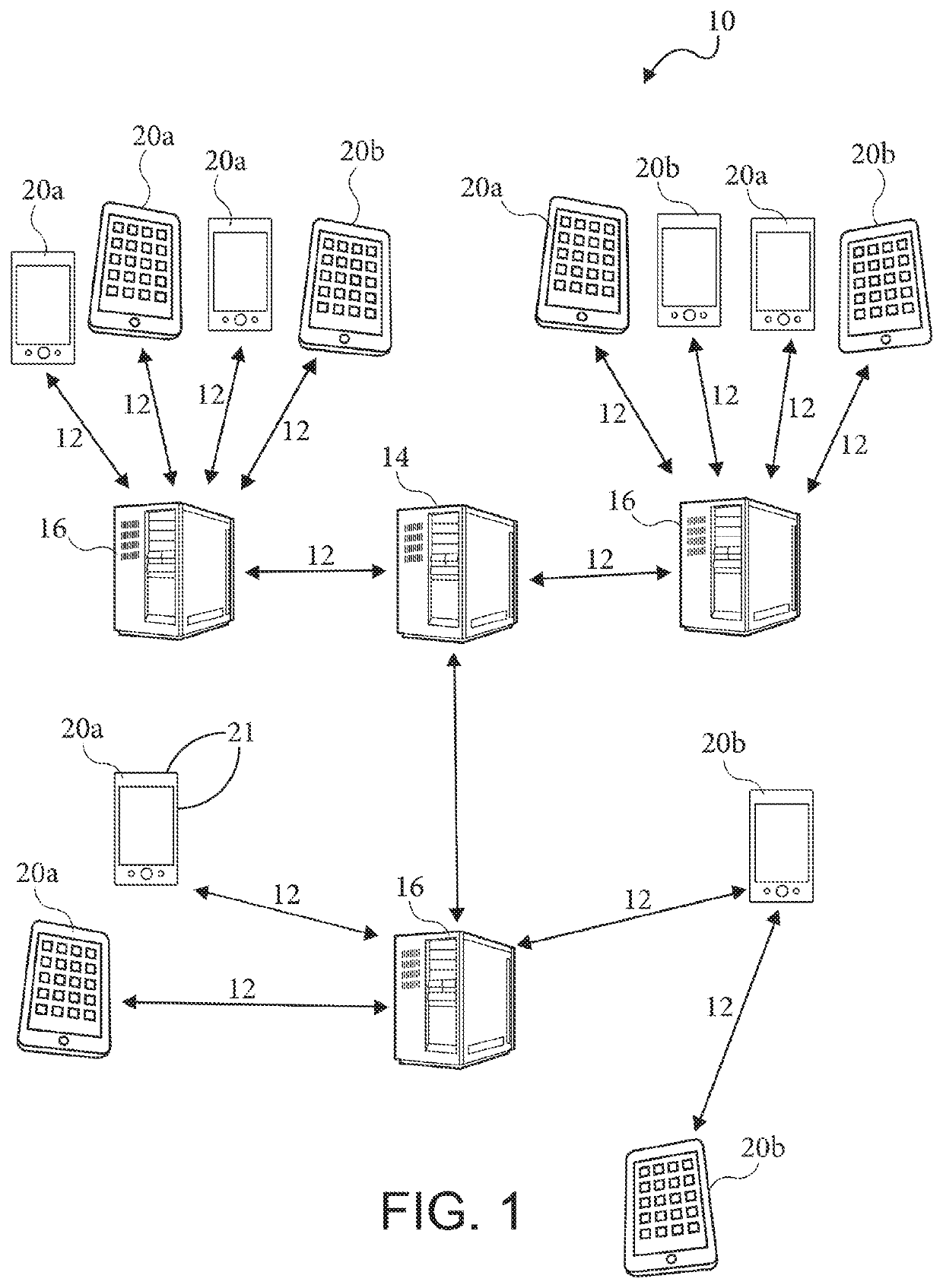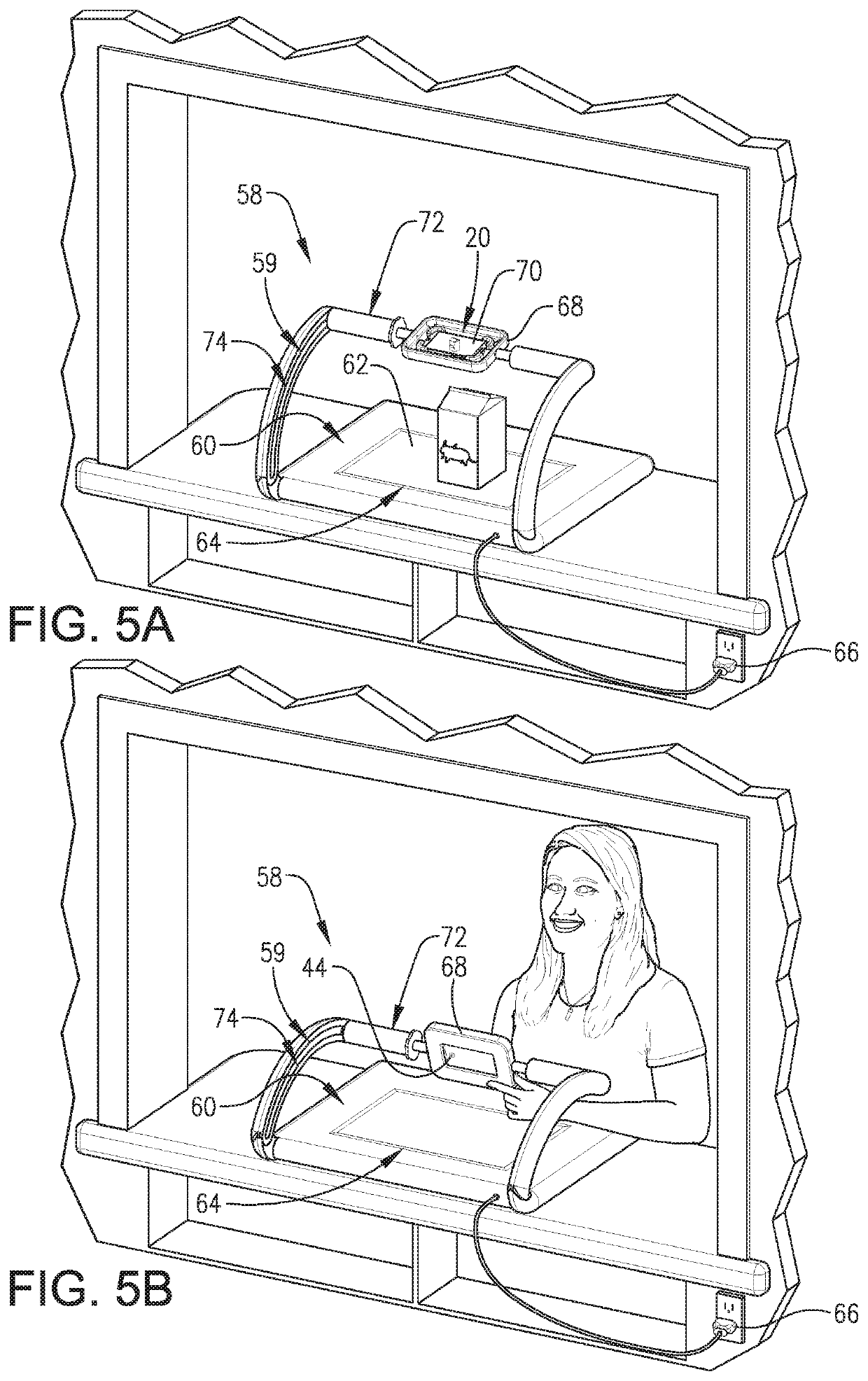Mobile device platform for automated visual retail product recognition
a mobile device and product recognition technology, applied in the field of mobile device platforms for automated visual retail product recognition, can solve the problems of affecting the accuracy of product recognition, so as to improve accuracy, reliability and transparency.
- Summary
- Abstract
- Description
- Claims
- Application Information
AI Technical Summary
Benefits of technology
Problems solved by technology
Method used
Image
Examples
Embodiment Construction
[0021]Modern techniques for inventory and / or transaction tracking typically rely on digital scanners, barcodes, backend servers and the like for reconciling and tracking transaction, receipts, and inventory status. These require active data connections, server-level computational power, and / or significant capital for acquiring such resources. However, the technology does not scale down sufficiently for implementation in emerging market environments that frequently lack supporting resources. Critically, such retailers typically also lack the resources to affix barcodes to or otherwise encode each product and / or to acquire dedicated digital barcode scanners.
[0022]It is known that machine vision may be used to recognize objects, and that devices implementing machine vision software may be incorporated into checkout procedures at retail establishments. For example, U.S. Pat. No. 9,412,099, which is hereby incorporated herein by reference in its entirety, discloses a retail checkout syst...
PUM
 Login to View More
Login to View More Abstract
Description
Claims
Application Information
 Login to View More
Login to View More - R&D
- Intellectual Property
- Life Sciences
- Materials
- Tech Scout
- Unparalleled Data Quality
- Higher Quality Content
- 60% Fewer Hallucinations
Browse by: Latest US Patents, China's latest patents, Technical Efficacy Thesaurus, Application Domain, Technology Topic, Popular Technical Reports.
© 2025 PatSnap. All rights reserved.Legal|Privacy policy|Modern Slavery Act Transparency Statement|Sitemap|About US| Contact US: help@patsnap.com



